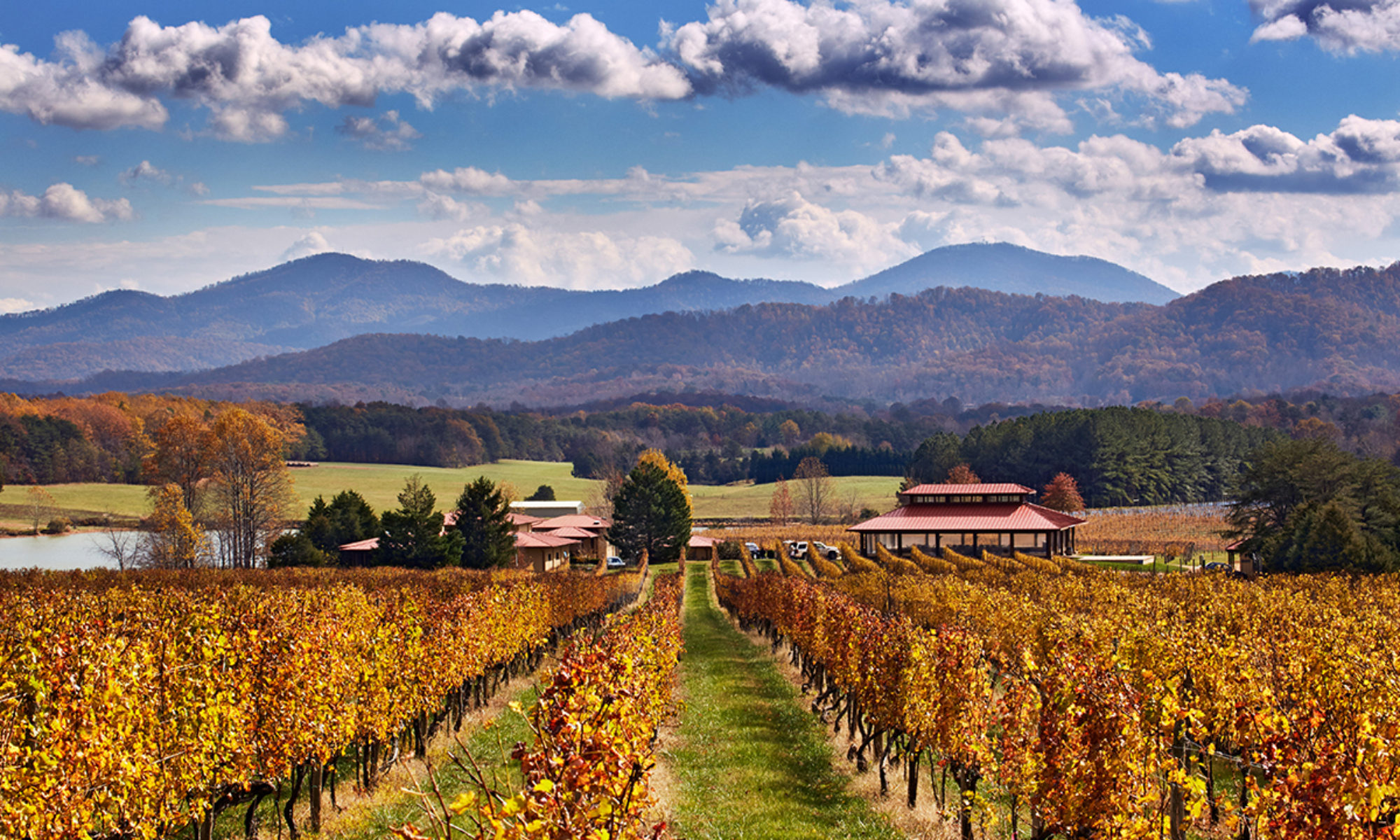Shenandoah Vineyards
Very close to Interstate 81 in the Shenandoah Valley, 15 miles south of Strasburg. Shenandoah is the Valley’s oldest and one of the state’s older vineyards, dating back to 1976. In 2018, Michael Shaps, to whose talents many wineries in the state have turned to for winemaking support, purchased Shenandoah Vineyards. All wines are from estate-grown grapes.
Wine. One of the Top 12 wineries in the state, with Michael Shaps’ ownership having had a big effect. Shenandoah was awarded a very impressive five gold medals at the 2023 Virginia Governor’s Cup state-wide wine competition. Gold medal wines at the event were the 2019, 2020 and 2021 vintage Rieslings, the 2019 Petit Verdot, and 2020 Cabernet Franc. Five other wines were awarded silver medals at the 2023 Governor’s Cup: the 2020 Reserve Red, Cabernet Sauvignon and Petit Verdot, and 2021 Pinot Gris and Lemberger (a German red wine varietal, also known as Blaufrankisch). The 2019 vintage Shenandoah Reserve Red was named one of the top 12 wines in Virginia at the 2022 Virginia Governor’s Cup, while the 2019 Cabernet Sauvignon was awarded a gold medal (the 2017 Reserve Red had also been named one of the top 12 wines in the state back at the 2020 Governor’s Cup), and five other wines were awarded silver medals: the 2019 Cabernet Franc, Vidal Blanc, Chardonnay and Riesling, and the 2017 Sparking Riesling.
Setting. Small and uncrowded place with good views. The winery is in a Civil War era barn. Views of the vineyard and Massanutten Mountain. Salami, cheese and crackers available.

Stories. Opening the Valley: The Treaty of Lancaster. Shenandoah Vineyards is old, but not as old as settlements in the Valley. The Shenandoah Valley has long been attractive to different peoples, dating to far before the arrival of Europeans. The Shenandoah and Blue Ridge Mountain ranges formed difficult barriers, as did the presence of Native Americans. The 1722 Treaty of Albany had set the Blue Ridge as the demarcation between English colonial lands and Native American territories. The first pioneers did not venture into the area until the 1720s and 1730s. They found a very fertile land, thanks to the drainage of the Shenandoah River. They also found an absence of large Native American villages, the region having been cleared of many of the earlier resident tribes during conflict with the strong Iroquois confederation. The Iroquois, while residing further north in the colony of New York, had driven rivals away and controlled the valley as a hunting ground. Tensions between the Iroquois and settlers who kept arriving, notwithstanding the provisions of the 1722 Treaty, came to a head in 1743 with the Iroquois confederacy threatening all-out war on the settlers. Negotiations were convened in June 1744 at Lancaster, Pennsylvania, to address the conflict. Colonial Governor Gooch found a solution by offering 100 pounds sterling and 200 pounds in gold, and as a result formally purchased the entire Shenandoah Valley from the Six Nations of the Iroquois, which was recorded in the Treaty of Lancaster in 1744. On a per acre basis, it was a far greater bargain than the legendary purchase of Manhattan by the Dutch.
